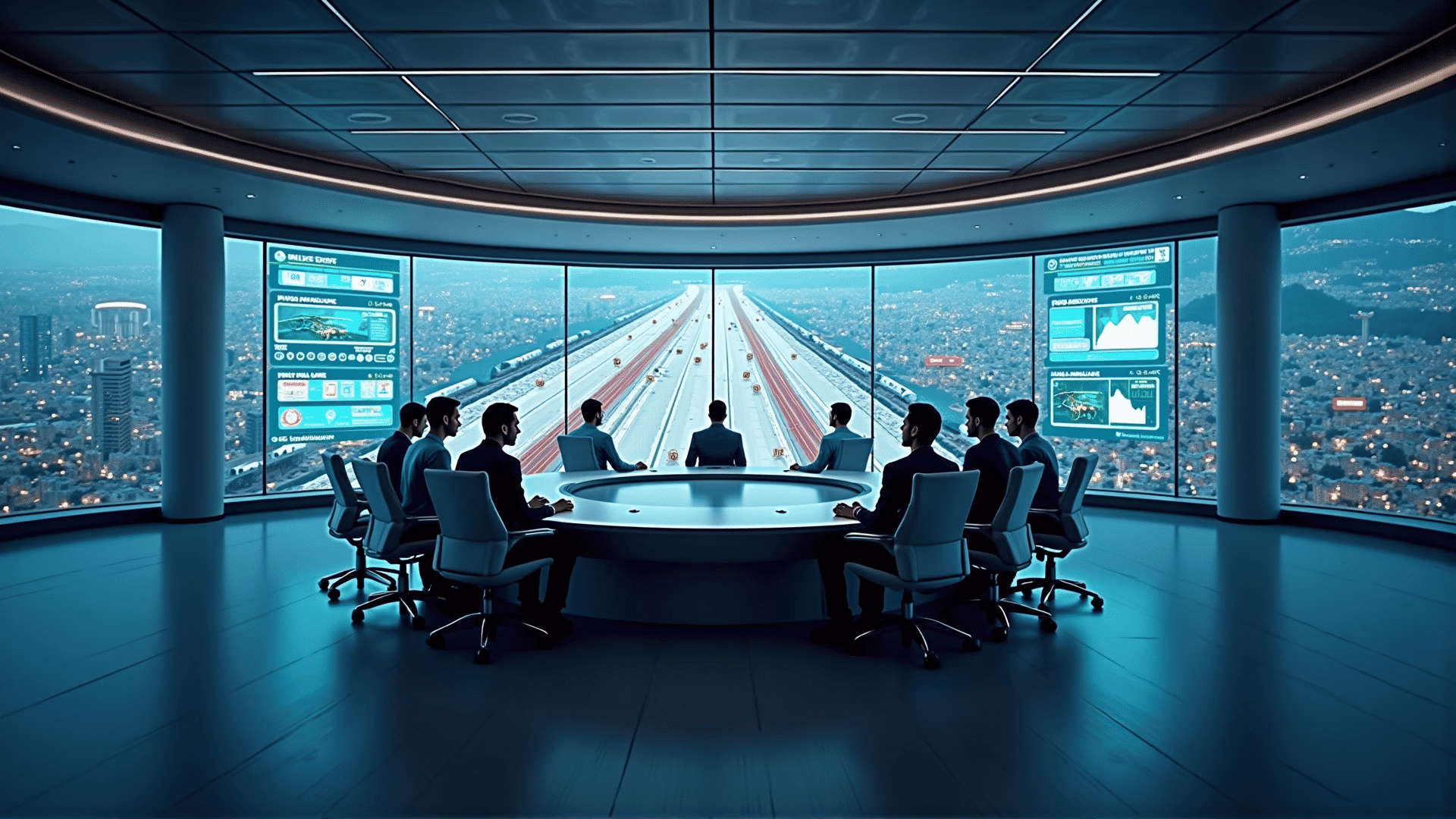In today’s fast-paced world, the quest for efficient and adaptable transportation systems is more crucial than ever. The integration of Artificial Intelligence (AI) and the Internet of Things (IoT) presents revolutionary opportunities for enhancing urban mobility, providing personalized and responsive transit experiences tailored to individual requirements.
At the heart of these advancements is the use of AI, which excels in processing and analyzing large volumes of data at remarkable speeds. By examining commuter patterns, traffic flow, and weather conditions, AI can predict and suggest optimal routes for travelers. This predictive capability minimizes delays and ensures that travelers reach their destinations quickly and efficiently. Meanwhile, IoT mechanisms interconnect various elements of our transit infrastructure, facilitating seamless communication between vehicles, traffic signals, and even streetlights.
One practical application of these technologies is the development of intelligent routing systems. These systems dynamically adjust traffic signals based on real-time traffic conditions, reducing congestion and improving travel time. For public transportation, such as buses and trains, AI-powered sensors can track vehicle locations and occupancy levels, providing updates to commuters. This ensures passengers are very well-informed about arrival times and seat availability, making transit choices more convenient and less stressful.
Moreover, AI fosters enhanced user personalization, adapting to individuals’ travel habits and preferences. Imagine a morning commute where the system already knows your preferred routes and timing, adjusting the journey if unexpected events arise. Personalized notifications can even inform you of alternatives should there be disruptions along your usual path.
In terms of safety, AI and IoT offer substantial improvements. Predictive maintenance systems, driven by AI analysis, can foresee potential vehicle breakdowns, avoiding inconvenient delays and costly repairs. In addition, intelligent surveillance systems can monitor stations and vehicles, identifying suspicious activities and ensuring commuter safety.
These innovations also have a profound impact on environmental sustainability. By optimizing routes and improving traffic flow, emissions from idling and inefficient routes are reduced, contributing to cleaner air and a healthier planet. Furthermore, by making public transit more efficient and attractive, the pressure on personal vehicle usage diminishes, further reducing carbon footprints.
As cities continue to grow and evolve, innovative transit solutions powered by AI and IoT are essential. These technologies provide a foundation for creating smarter, more adaptive urban environments that prioritize efficiency, personalization, and sustainability. The journey of integrating AI and IoT into our transportation systems demonstrates immense potential, promising a future where transit adapts effortlessly to our daily routines and evolving needs.
